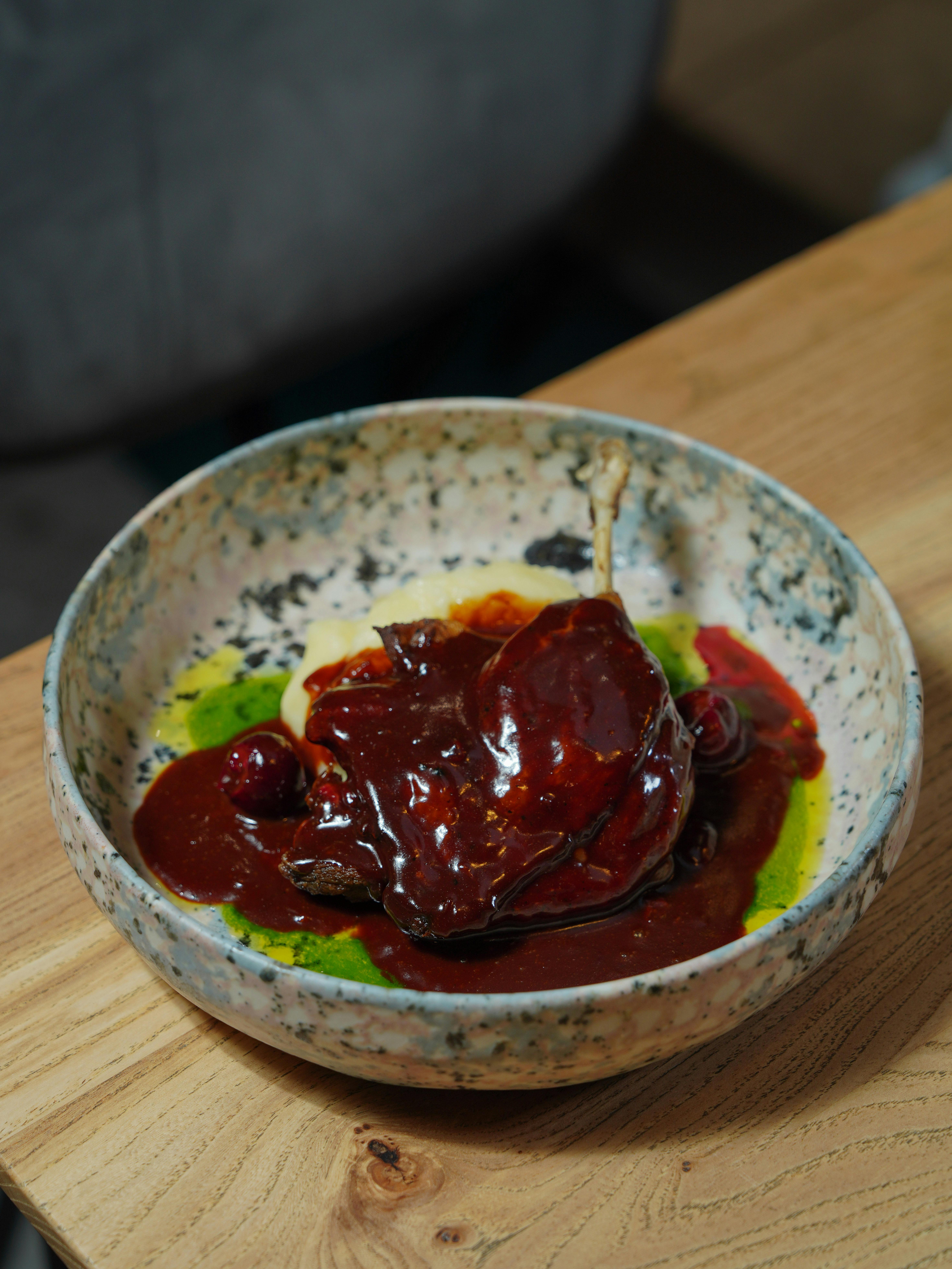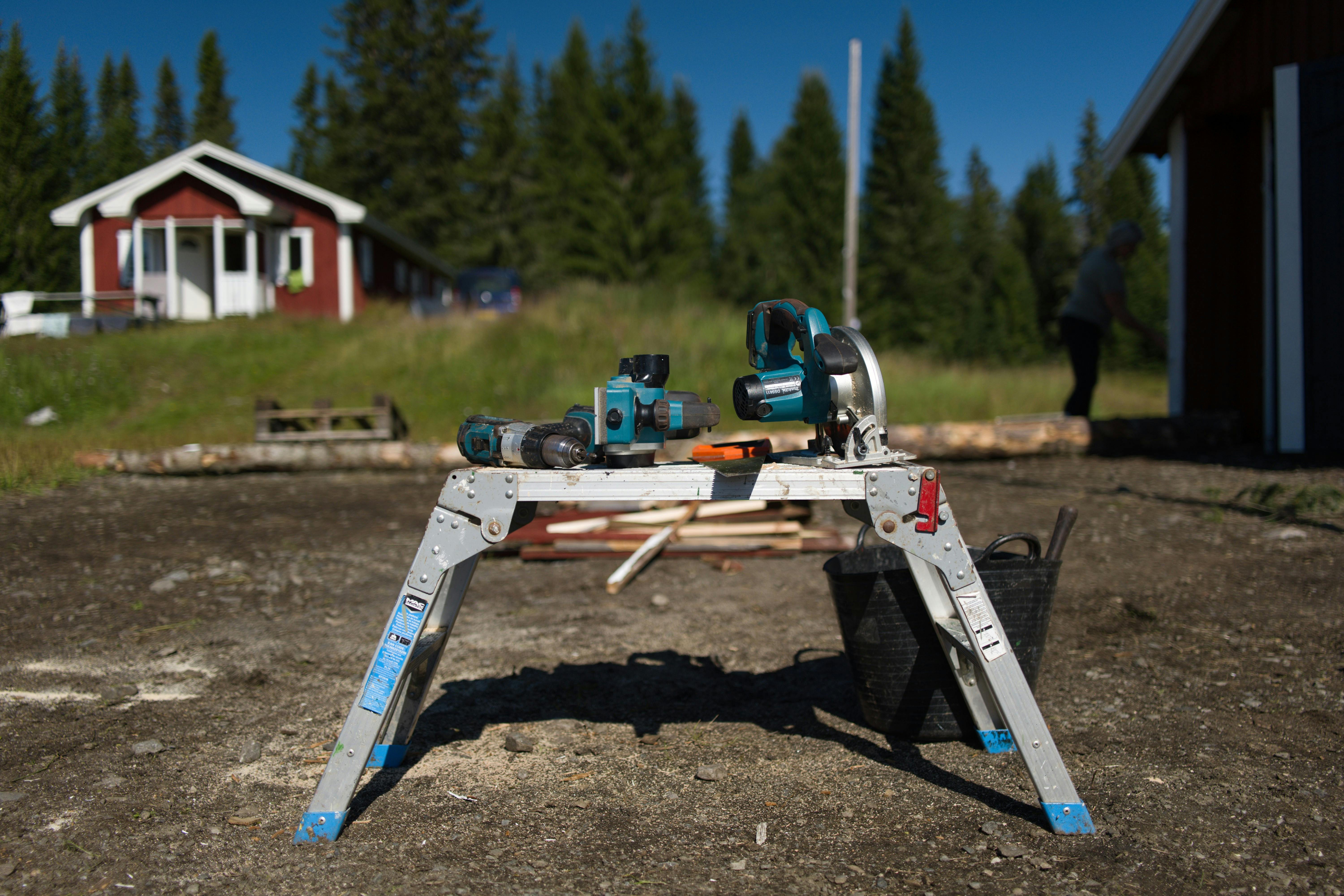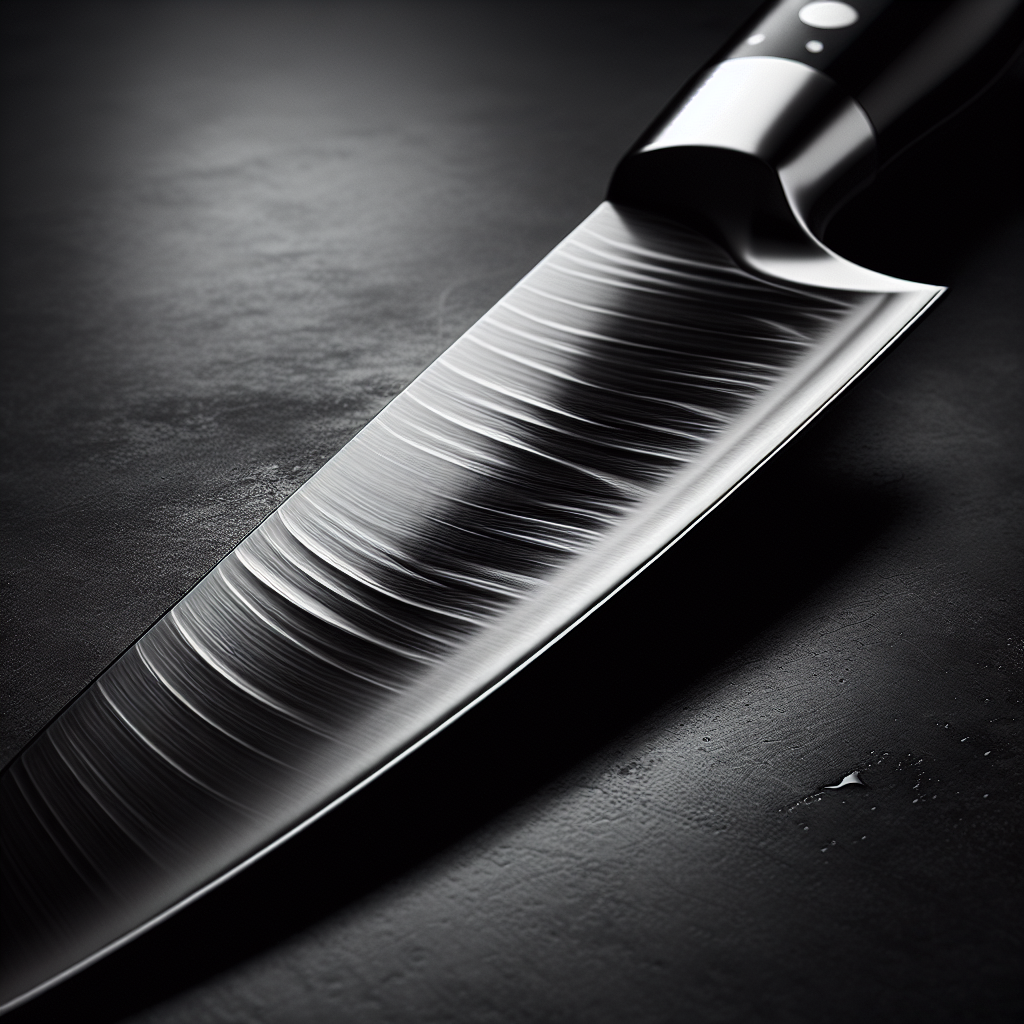Are your teens eager to become masterful chefs in the kitchen? Look no further than Tastepan’s expert tips and techniques to help them succeed. Our comprehensive guides and videos are designed specifically for teens, offering them the opportunity to improve their knife skills and become kitchen pros. With a focus on knife safety, we ensure that your teens will gain the necessary knowledge and confidence to handle kitchen tools with ease. Let Tastepan be your trusted partner in guiding your teens towards culinary excellence.
Choosing the Right Knife
When it comes to preparing meals in the kitchen, having the right knife can make all the difference. There are several different types of kitchen knives available, each designed for specific tasks. By understanding the different types of knives, you can ensure that you are using the right tool for the job.

Understanding the Different Types of Kitchen Knives
Kitchen knives come in a variety of shapes and sizes, each designed for a specific purpose. Some common types of kitchen knives include:
-
Chef’s Knife: This versatile knife is a staple in most kitchens. It is used for chopping, slicing, and dicing a wide range of ingredients.
-
Paring Knife: A small knife with a pointed tip, the paring knife is ideal for precise tasks such as peeling and trimming.
-
Bread Knife: With a serrated edge, a bread knife is perfect for cutting through crusty bread without crushing it.
-
Utility Knife: This smaller knife is great for tasks that require more precision, such as trimming meat or slicing small fruits and vegetables.
-
Santoku Knife: Originally from Japan, the Santoku knife is similar to a chef’s knife but has a shorter blade and a slightly different shape. It is excellent for slicing, dicing, and mincing.
-
Boning Knife: As the name suggests, the boning knife is used for removing bones from meat and fish.
Each type of knife has its own unique features and benefits. By understanding the different types of kitchen knives, you can choose the right one for the task at hand.
Selecting the Appropriate Knife for the Task
Once you have a good understanding of the different types of kitchen knives, you can start selecting the appropriate knife for each task. Consider the size and weight of the knife, as well as the type of cutting you will be doing. For example, a larger knife like a chef’s knife would be ideal for chopping vegetables, while a paring knife would be better suited for peeling fruits.
It is also important to consider the comfort and ergonomics of the knife. Make sure it feels comfortable in your hand and that you have a firm grip. Remember, a good-quality knife will make your tasks easier and more enjoyable.
Examining the Quality and Sharpness of the Blade
The quality and sharpness of the blade are crucial factors to consider when choosing a knife. A high-quality blade will stay sharp for a longer period of time and will require less frequent sharpening. Look for knives made from high-carbon stainless steel, as they are known for their durability and sharpness.
To determine the sharpness of a knife, give it a gentle squeeze. A sharp knife will have a good amount of resistance when squeezed. Avoid knives that feel too flimsy or flexible, as they are more prone to accidents and injuries.
Proper Knife Handling Techniques
Now that you have chosen the right knife, it’s important to learn how to handle it properly. Proper knife handling techniques can help prevent accidents and ensure that you have full control over your cuts.
Holding the Knife Correctly
To hold a knife correctly, start by gripping the handle firmly with your dominant hand. Wrap your fingers around the handle, ensuring that your thumb rests on the side of the blade for stability. Make sure to maintain a relaxed grip and avoid gripping the handle too tightly, as this can lead to fatigue and loss of control.
Maintaining a Firm Grip
While holding the knife, it is essential to maintain a firm grip throughout your cutting motion. This will help prevent the knife from slipping and reduce the risk of accidents. Keep your wrist straight and your fingers curled slightly, allowing for better control and precision.
Avoiding Excessive Force and Pressure
One common mistake when using a knife is applying excessive force and pressure while cutting. A sharp knife requires minimal effort to cut through ingredients. Applying too much force can lead to loss of control and increase the risk of slips and injuries. Instead, let the sharpness of the blade do the work for you, using smooth and controlled motions.
Basic Knife Cuts
Once you have mastered proper knife handling techniques, it’s time to dive into basic knife cuts. These foundational cuts are used in various cooking techniques and recipes. By mastering these cuts, you can improve your efficiency and create consistent results.
Mastering the Foundational Knife Cuts like Dice, Mince, and Julienne
Dice, mince, and julienne are three essential knife cuts that every home cook should learn. These cuts help to create uniform pieces and ensure even cooking times.
-
Dice: Dicing refers to cutting ingredients into small, even cubes. Start by cutting the ingredient into long strips, then stack the strips and cut them into cubes.
-
Mince: Mincing involves chopping ingredients into very small pieces. To mince, use a rocking motion with your knife and cut the ingredient into small, uniform bits.
-
Julienne: Julienne cuts produce thin, matchstick-like pieces. Begin by cutting the ingredient into long, thin strips, and then stack the strips and slice them into thin matchsticks.
By mastering these foundational cuts, you will have the skills to prep ingredients efficiently and create visually appealing dishes.
Demonstrating Accurate Cutting Techniques
In addition to mastering specific cuts, it is important to focus on accuracy when cutting. Ensure that your knife remains in close contact with the cutting surface, using a rocking motion for stability and control. Practice cutting at a consistent speed to create even slices and prevent accidental slips.

Practicing Consistency in Size and Shape
Consistency is key when it comes to knife cuts. By practicing consistency in size and shape, you can ensure that all pieces of an ingredient cook evenly. Pay attention to the width and thickness of your cuts, aiming for uniformity throughout.
Knife Safety Rules
Safety should always be a top priority when handling knives in the kitchen. By following a few simple rules, you can greatly reduce the risk of accidents and injuries.
Keeping Knives Away from the Edge of the Countertop
One common mistake is leaving knives near the edge of the countertop. Accidentally knocking a knife off the counter can lead to serious injuries. Always make sure to place knives in a safe location when not in use, away from the edge of the countertop.
Never Catching a Falling Knife
If a knife falls, never try to catch it. Instead, step back and allow it to fall safely to the ground. Attempting to catch a falling knife can result in severe cuts and injuries.
Using Cutting Boards and Avoiding Cutting on Improper Surfaces
Always use a cutting board when working with a knife. Cutting on improper surfaces such as plates, the palm of your hand, or the countertop can damage the blade and increase the risk of accidents. Invest in a high-quality cutting board that provides a stable and safe surface for cutting.
Knife Sharpening and Maintenance
To ensure that your knife remains effective and safe to use, regular sharpening and maintenance are essential. A sharp knife is not only more efficient but also safer to use, as it requires less force to cut through ingredients.
Understanding the Importance of a Sharp Knife
A sharp knife allows for precise and controlled cuts, reducing the risk of slips and accidents. Dull knives require more pressure to cut through ingredients, increasing the likelihood of accidents. Regularly sharpening your knife will not only enhance its performance but also promote safety in the kitchen.
Using a Honing Rod for Maintenance
A honing rod is a tool used to maintain the sharpness of a knife’s edge between sharpenings. It helps to realign and straighten the blade, prolonging its sharpness. To use a honing rod, hold the knife at a 20-degree angle and gently swipe the blade along the rod, alternating sides.
Learning How to Use a Whetstone for Sharpening
While a honing rod is helpful for maintenance, a whetstone is used for sharpening a dull blade. Sharpening with a whetstone requires practice and technique. Start by wetting the stone and placing it on a stable surface. Hold the knife at the appropriate angle and use controlled strokes to sharpen the blade. It’s essential to maintain a consistent angle and apply even pressure to achieve the desired results.
Safe Cutting Techniques
In addition to proper knife handling techniques, there are specific cutting techniques that can enhance safety in the kitchen.
Using the Claw Hand Technique for Holding Food
The claw hand technique is a safe and efficient way to hold food while cutting. Curl your fingers inward, keeping your fingertips tucked under and your knuckles against the side of the knife. This technique provides stability and control, minimizing the risk of accidental cuts.

Guiding the Knife with the Knuckles to Prevent Injuries
When cutting, use your free hand to guide the knife by placing it on top of the ingredient. Rest your knuckles against the side of the knife. This technique helps to maintain proper control of the knife and prevents your fingers from being accidentally cut.
Rocking and Sliding Techniques for Efficient Cutting
For tasks such as mincing, rocking or sliding the knife is a safe and efficient technique. Place the tip of the knife on the cutting surface, then apply a rocking or sliding motion to cut through the ingredient. This technique reduces the chance of the knife slipping and provides better control over the cutting action.
Safe Storage Practices
Proper storage of knives is crucial for both safety and maintenance. By storing your knives correctly, you can prevent accidents and extend their lifespan.
Storing Knives in a Designated Knife Block or Drawer
A designated knife block or drawer is an ideal storage solution for knives. These options keep the blades protected and prevent accidental contact with other utensils or hands. Make sure that the knives are placed with the blades facing downward to minimize the risk of injuries while reaching into the block or drawer.
Using Blade Guards or Sheaths for Added Protection
Blade guards or sheaths are protective covers that slip over the blade of a knife. They provide an extra layer of protection, preventing accidental cuts when reaching for or storing the knife. If your knife did not come with a blade guard or sheath, consider purchasing them separately to ensure safe storage.
Keeping Knives out of Reach of Young Siblings or Pets
To ensure the safety of young siblings or pets, it is essential to keep knives out of their reach. Store your knives in a location that is inaccessible to them, such as a high cupboard or locked drawer. Additionally, make sure to educate children about the dangers of knives and teach them safe practices around the kitchen.
Knife Skills for Specific Ingredients
Different ingredients require different cutting techniques to achieve the best results. Here are some knife skills to consider for specific ingredients:
Slicing Delicate Produce like Tomatoes and Mushrooms
When slicing delicate produce like tomatoes or mushrooms, it’s important to use a sharp knife and a gentle slicing motion. Too much force can cause the ingredient to crush or become mushy. Aim for clean and even slices to enhance the appearance and taste of your dishes.
Deboning Meats and Poultry
Deboning meats and poultry requires precision and caution. Use a boning knife to remove bones from meat and poultry, carefully separating the flesh from the bone. Take your time and remain focused to avoid accidentally cutting yourself or damaging the meat.
Filleting Fish and Seafood
Filleting fish and seafood can be challenging but rewarding. Start by using a fillet knife to remove the scales and fins. Make a clean incision along the backbone and use long, controlled motions to remove the fillet. Take care to remove any remaining bones to ensure a safe and enjoyable dining experience.
Recognizing and Dealing with Accidents
Despite taking all the necessary precautions, accidents can still happen. It’s important to know how to react calmly and swiftly in the event of a cut or injury.
Reacting Calmly and Swiftly to Cuts or Injuries
If you accidentally cut yourself, it is crucial to remain calm. Apply gentle pressure to the wound with a clean cloth or towel to stop any bleeding. Elevate the injured area if possible to help reduce blood flow. If the cut is severe or does not stop bleeding after applying pressure, seek medical attention immediately.
Applying Basic First Aid for Minor Cuts
For minor cuts, clean the wound with mild soap and water. Apply an antiseptic ointment and cover the cut with a sterile bandage to protect it from dirt and bacteria. Keep a close eye on the wound for signs of infection, such as redness, swelling, or pus.
Seeking Professional Medical Assistance for Severe Injuries
If the injury is severe, such as a deep cut or a cut that won’t stop bleeding, do not hesitate to seek professional medical assistance. Call emergency services or visit the nearest hospital for immediate treatment. Remember, it is better to be safe than sorry when it comes to serious injuries.
Practicing Knife Safety in the Kitchen
Preventing accidents in the kitchen goes beyond just proper knife handling techniques. Creating a safe working environment and practicing mindfulness are equally important.
Creating a Clear and Organized Workspace
Maintaining a clear and organized workspace can help prevent accidents. Remove any unnecessary clutter from the countertop and make sure there is ample space to work safely. Keep other utensils and appliances away from the cutting area to avoid accidental contact.
Being Mindful of Distractions While Using Knives
Distractions can lead to accidents, especially when using sharp knives. Avoid using knives when you are distracted or in a rush. Focus all your attention on the task at hand to minimize the risk of slips or cuts. If you need to step away from the kitchen, always put your knife down in a safe place before doing so.
Cleaning and Storing Knives After Use
After using a knife, take the time to clean and store it properly. Use mild soap and warm water to clean the blade, making sure to remove any food particles. Dry the knife thoroughly before storing it in a designated knife block or drawer. By keeping your knives clean and properly stored, you can maintain their sharpness and reduce the risk of accidents.
In conclusion, mastering knife skills and practicing proper knife safety are essential for any aspiring cook. By choosing the right knife, practicing proper handling techniques, and following safety guidelines, you can enjoy cooking with confidence and minimize the risk of accidents. Remember, a knife is a powerful tool that requires respect and attention. With knowledge and practice, you can become a skilled and safe cook in the kitchen.

